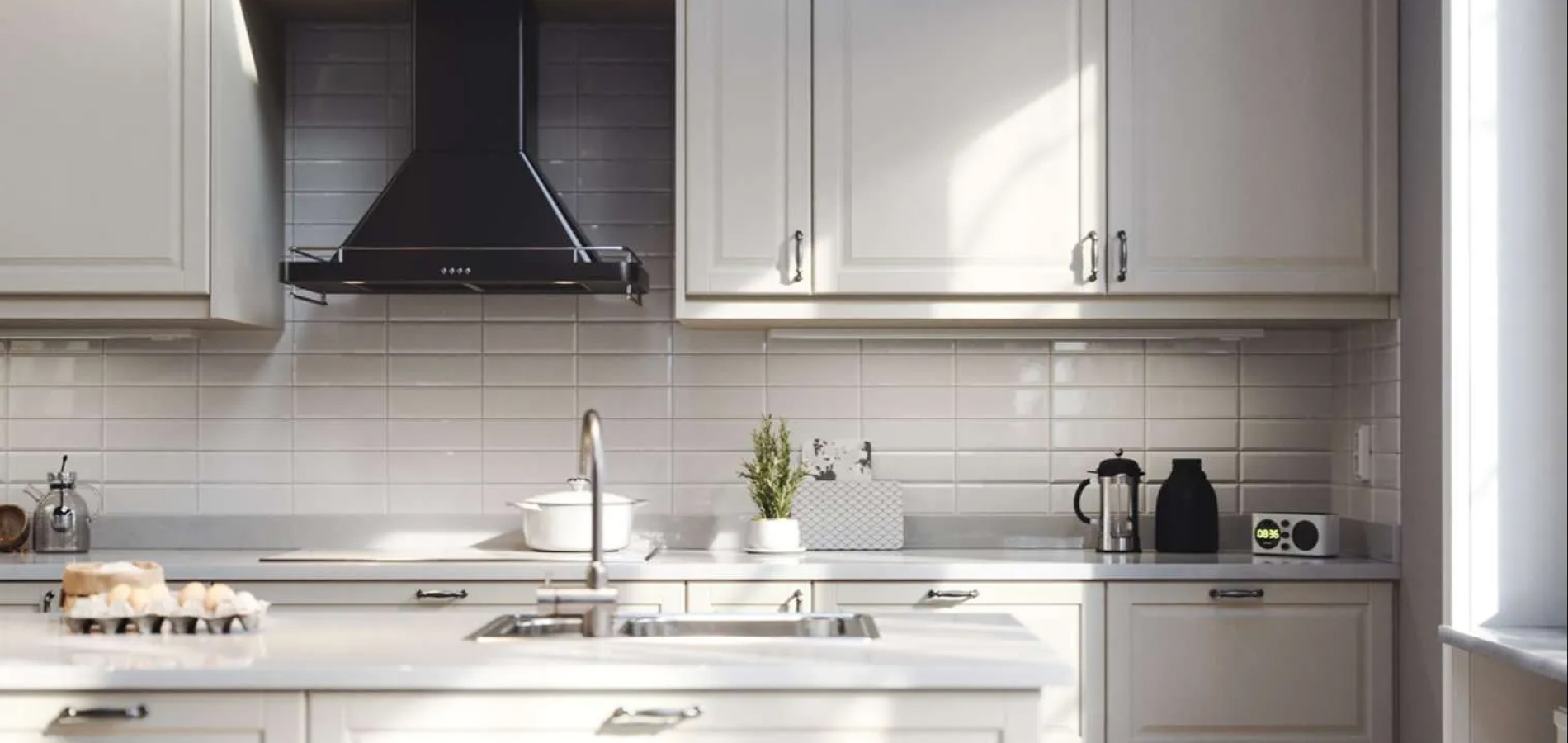How kitchen retailers can enhance omnichannel with ‘endless aisle’ and 3D planning
While ecommerce growth continues unabated, high street retailers,
such as Macy’s and Walmart, are adopting an innovative hybrid retailing strategy to fight back, known as the ‘endless aisle’ or ‘digital shelf’. The new clicks-and-mortar strategy is enabling these companies to optimize their high-street presence and reduce lost sales, ensuring they don’t lose out to rivals.
Analyst firm Forrester says 10% of retail store sales are lost through items being out of stock. Similarly, online polls in the US show that more than a third of shoppers would buy elsewhere, either physically or on-line, if they could not immediately find the goods they wanted in store. An endless aisle strategy can enable a retailer to sell merchandise that is either out-of-stock or not kept in local inventory. This can take a number of physical forms: electronic point-of-sale items like kiosks where consumers can self-order; or sales assistants who can help consumers place orders online. Some stores even provide digital shop windows where customers can order goods even when it is closed.
The endless aisle delivers an omnichannel experience to consumers, allowing them to access a fully digital catalog of the latest products while interacting with a comparable product in-store. Stores only need to keep a few representative items or hero products in stock; for example, only certain material and colour options within a diverse collection.
Once an order is placed in store, the product can be either despatched directly from the retailer or through a drop-shipping arrangement where goods are sourced from a third-party distributor.
The endless aisle benefits both retailers and consumers. Retailers want to offer greater variety, while optimizing space, while consumers want to interact with products before purchase. Bricks-and-mortar bases can be used to showcase hero products, provide collection points and serve as additional distribution centres to improve delivery times and cater to evolving customer demands. By combining endless aisle strategies with in-store stocking strategies, retailers and consumers can have the best of both worlds – physical and online.
The endless aisle approach is fast gaining momentum across various aspects of the retail sector as a way to maintain smaller stores closer to central shopping areas, where retail rentals are at a premium.
Endless aisles and 3D kitchen planning deliver an omnichannel experience
Kitchen retailers can deploy their own ‘endless aisle’ strategy in combination with 3D kitchen planning solutions to enhance the omnichannel experience they offer to their consumers, with multichannel 3D catalogs and design capabilities to transform the customer journey, drive sales, and increase profits.
The right design is of paramount importance to the consumer, who wants to take the time to research, create mood boards, and explore their own ideas. A convenient online 3D kitchen planning solution is essential for consumers for design/ layout visualization, including automated proposal generation. Retailers could promote drop-ship items within the 3D planning solution to bring consumers’ attention to specific stock categories – such as items with limited warehouse space, high margin items or those that cater to specific client needs.
Most consumers still include bricks-and-mortar as part of their preferred path to purchase in kitchen retail. Unfortunately, higher prices for stores in prime locations means that kitchen retail stores are often on the outskirts in larger retail parks, limiting access and week-round footfall.
With an endless aisle approach however, kitchen retailers can change their merchandizing strategy to include smaller ‘concept’ stores in more central locations. An endless aisle enables a greater range of products, in more personalized colors, materials and designs to be purchased instore, in consultation with in-store assistants.
Once the purchase has been completed the retailer can then ensure engagement with differentiated, convenient customer service and swift deliveries.
A mixed commerce approach is crucial for retailers seeking to keep up with consumer demand for an at home experience. Research from theendlessaisle.com shows 22% of retail customers buy more if digital is involved in the buying process. A further 54% said they would like to use the endless aisle option as part of their shopping experience. Those stores that can link a customer’s online shopping preferences to the in-store experience are maximising their opportunity to make the best sales.
The main benefit of an endless aisle is to keep inventory and retail operation costs under control. Kitchen retailers can migrate to concept stores that inspire and showcase the most important products, rather than having aisle upon aisle of product variants. The line between online and offline retail blurs and omnichannel strategies can be more easily implemented in combination with online solutions like high quality 3D kitchen planning.
Additional benefits from an endless aisle approach include improved stock control and ordering, accurate deliveries and an enhanced tracking and customer relationship experience.
3D kitchen planning, endless aisle – endless opportunities
The endless aisle can be used as part of an affordable, effective omnichannel strategy that dramatically improves the kitchen remodel experience.
But that is just the tip of the iceberg: the approach presents huge opportunities for kitchen retailers that are as yet largely unexplored. By incorporating a 3D planning solution optimized for omnichannel operations, kitchen retailers can unlock the full potential of mixed commerce strategies. It should deliver enhanced sales, greater profits and an enhanced customer satisfaction experience that ensures customers come back to store again and again.
To further explore how a 3D planning solution can improve your ‘endless aisle’ strategy, visit our website built specifically to serve kitchen retailers where you can organize a demonstration of the platform with a member of our team of experts.
